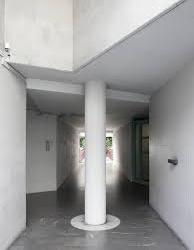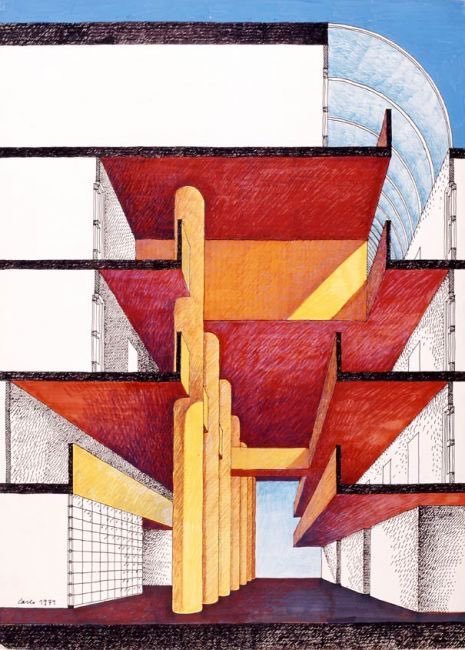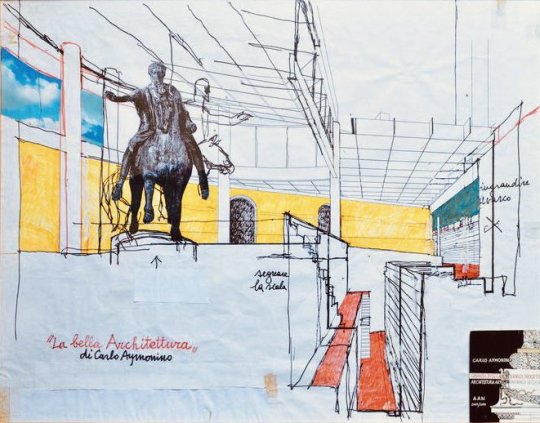#carlo aymonino
Explore tagged Tumblr posts
Text
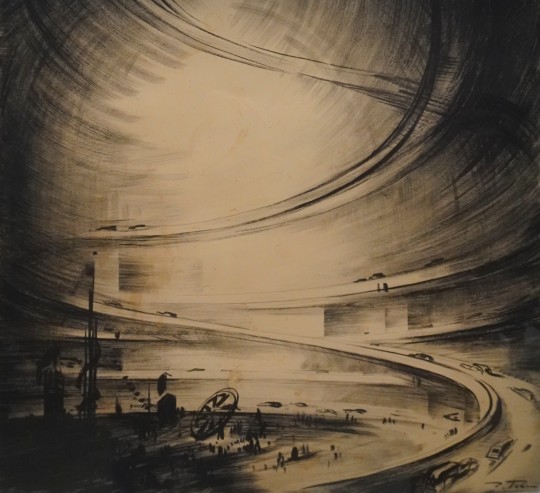
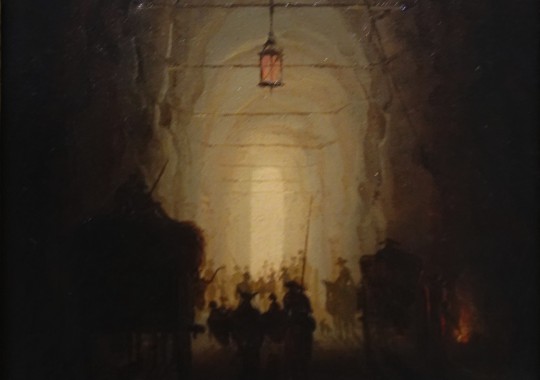

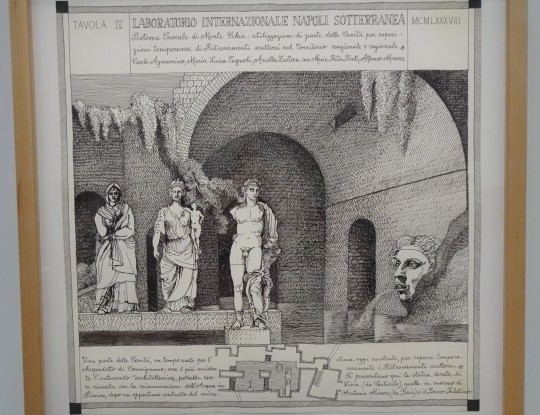
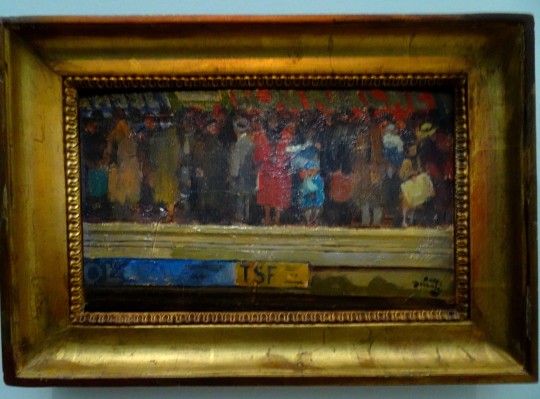
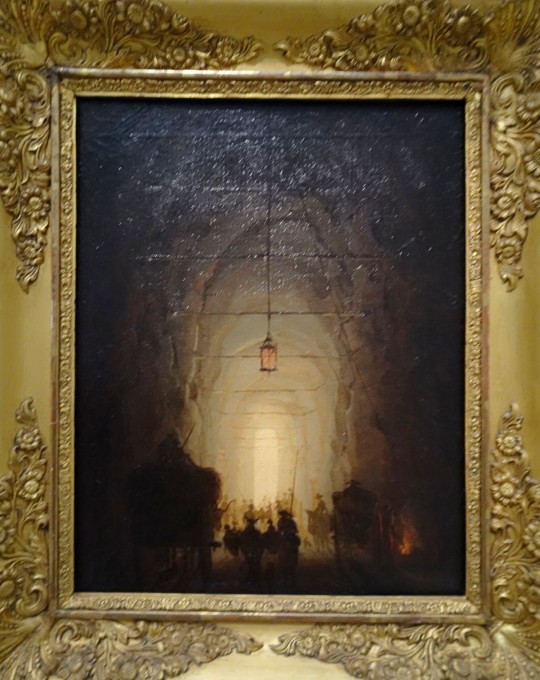
Louvre-Lens : il y a une expo : “Mondes souterrains : 20.000 Lieux sous la terre”. la suite et fin.
Jean Tschumi - projet d'autoroutes souterraines - Genève, 1935
Bruno Yvonnet : série "Foules", Batailles" - 1987
Hubert Robert : "La Grotte du Pausilippe à Naples" - 1760
Carlo Aymonino - "Sotto Napoli - Tavola III" - 1988
André Devambez : "L'heure de pointe dans le métro" - 1920
voir 3
#louvre-lens#expo#mondes souterrains#20.000 lieux sous la terre#souterrain#tunnel#jean tschumi#tschumi#genève#autoroute#art déco#bruno yvonnet#pausilippe#grotte#carlo aymonino#naples#napoli#andré devambez#devambez#métro#quai de métro#architecture
2 notes
·
View notes
Text

Aldo Rossi & Carlo Aymonimo Gallaratesse Housing Blocks, Milano
4 notes
·
View notes
Text
Monolicious II – de nouvelles photos d’architecture par Sebastian Weiss
Nouvel article publié sur https://www.2tout2rien.fr/monolicious-ii-de-nouvelles-photos-darchitecture-par-sebastian-weiss/
Monolicious II – de nouvelles photos d’architecture par Sebastian Weiss
#Alberto Cugini#Aldo Rossi#Andrea Maffei#Angelo Mangiarotti#Arata Isozaki#Arquitectonica#batiment#Bernardo Fort Brescia#Boris Podrecca#Bruno Morassutti#Carlo Aymonino#Cino Zucchi#eglise#Elisabetta Fabbri#Feltrinelli#Gallaratese#GglNoInd#Giancarlo Ragazzi#Giovanni#Giuseppe Meazza#Henry Hoffer#Herzog & de Meuron#immeuble#italie#Mario Botta#milan#Monolicious#OMA#prada#Sebastian Weiss
0 notes
Text
LEONARDO VINCI’S LI ZITE NGALERA AT LA SCALA, APRIL 21, 2023
Ever wondered what the earliest surviving commedia per musica (read: the earliest commedia per musica whose score is still available to this day) would be? Why yes, it’s Leonardo Vinci’s Li zite ngalera—first performed at the Teatro dei Fiorentini (Naples) in 1722. (Maybe that will come in handy in a board game/quiz show situation down the road). I’ll complete this round of basic information adding that Bernardo Saddumene’s libretto is written in Neapolitan dialect, and its title translates as The Betrothed on the Galley. The storyline? Beautiful Ciomma (aka Ciommetella) is being ceaselessly courted by at least three men: one old (Col’Agnolo), one young (Titta), one from a family of high social standing (Carlo). Yet everything Ciomma cares for is a fourth gentleman—a mystery young man named Peppariello. Yet Peppariello—who is also fancied by a spirited widow (Meneca)—is in fact Belluccia, Carlo’s former lover: she chose to go incognito in order to track Carlo down (they’re both from another city) and win his heart back. And now, my own account. The musical experience enclosed within these Zite was decidedly uncommon. The mere composition of the orchestra—a mix of resident players and members of Basel-based La Cetra Barockorchester; all conducted by Andrea Marcon—was significant: it included three full-size harpsichords, and an impressive line of five guitar-like instruments (two chitarre battenti, two theorbos, and one colascione).
Just add a generous dose of tambourine, and you’re in for a somewhat raw parade of antique-sounding, dance-oriented numbers. (In other words: a series of folk variations on the Ring a Ring o’ Roses theme). The strings as a whole kind of slipped in the background, mostly stuck between short and super-short notes. It all felt different—It truly was a night and day thing—every time a slow/downcast tune hit the stage: that’s where melody (together with introspection, and imagination) was able to breathe. Only, slow/downcast tunes were few and far between—except for a welcome stretch during Act II, from «Oh Dio pecché, pecché?» (sung by Titta) to the trio «Fortuna cana, o Dio!» (Belluccia, Carlo, Ciomma). On the other hand, the production created by Leo Muscato (with Federica Parolini/Silvia Aymonino/Alessandro Verazzi as set/costume/light designer respectively) seemed to abide by a single, inescapable idea. Something along the lines of: we’ll go as close as possible to what the original performance must have been, back in 1722. A perfectly sealed, unmolested time capsule—that was the spirit. (Admittedly, a time capsule from 1722 fabricated in 2023). The general outcome of the night was obviously unique and instructive; but also rigid and, as far as art is concerned, all but entirely sterile. I’d say a passion for knowledge (or, more specifically, a passion for history) dominated throughout, and it dominated so much there was hardly room for anything else.
0 notes
Text
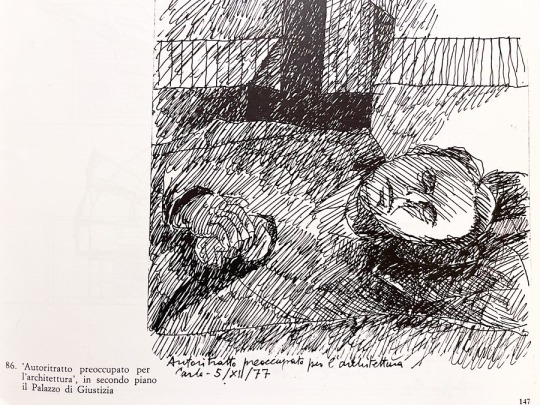
carlo aymonino, self portrait worried about architecture
#absolutely relatable same aymonino#that’s how i feel most of the time tbh#carlo aymonino#architecture#architecture student#cannibal architecture
1 note
·
View note
Photo

Aldo Rossi, Carlo Aymonino, Monte Amiata Housing complex, Gallaratese district, Milan, Italy, 1967-74.
#architecture#brutalism#fragmentism#Aldo Rossi#Carlo Aymonino#Monte Amiata Housing#Gallaratese#Milan#Italy#1960s#1970s
284 notes
·
View notes
Photo
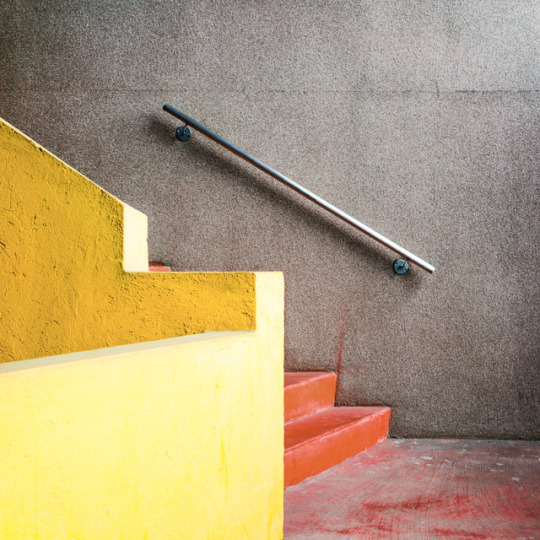
Matthias Heiderich
247 notes
·
View notes
Photo

52 notes
·
View notes
Photo
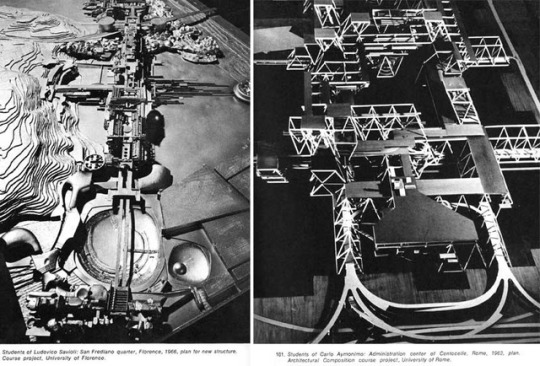
Estructura Urbana | Leonardo Savioli y alumnos | Florencia | 1966-67
Centro Administrativo | Carlo Aymonino | Centocelle, Roma, Italia | 1960′s
88 notes
·
View notes
Photo

Casa-Parcheggio, apartment building at Via Mazza Pesaro, Marche, Italy; 1978-82
Carlo Aymonino, Francesco Doglioni, Maria Luisa Tugnoli (photography by Franco Panzini)
see map | building post
via "Domus 637" (1983)
#architecture#arquitectura#architektur#architettura#carlo aymonino#francesco doglioni#maria luisa tugnoli#franco panzini#casa-parcheggio#casa parcheggio#housing#apartment#apartment building#pesaro#marche#italia#italy#italian architecture
153 notes
·
View notes
Text
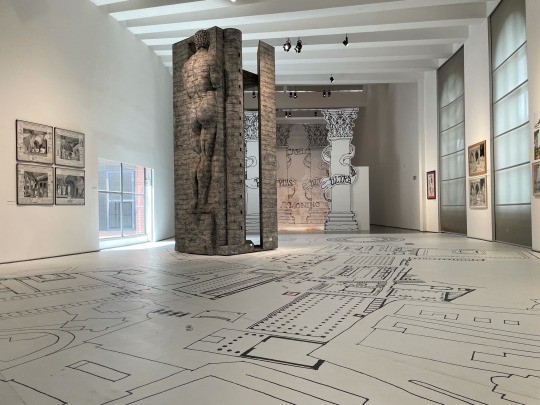
“Carlo Aymonino, fedeltà al tradimento” . Palazzo della Triennale Milano, luglio 2021
18 notes
·
View notes
Photo

condominio monte amiata. milan, italy. march 2017
4K notes
·
View notes
Photo

Carlo Aymonino, Gallaratese Housing, Blocks A, B and C - Photo by Burcin Yildirim
2 notes
·
View notes
